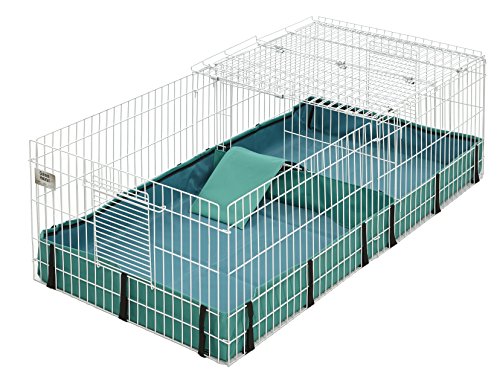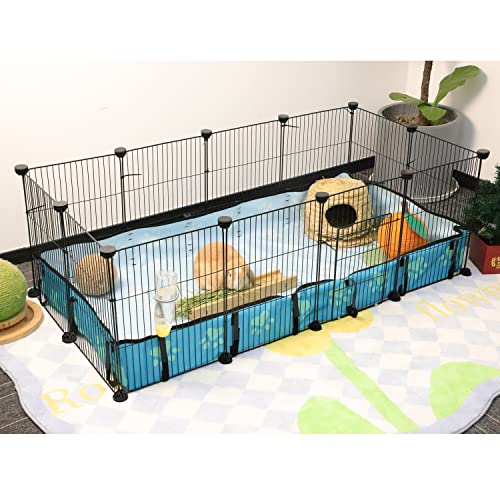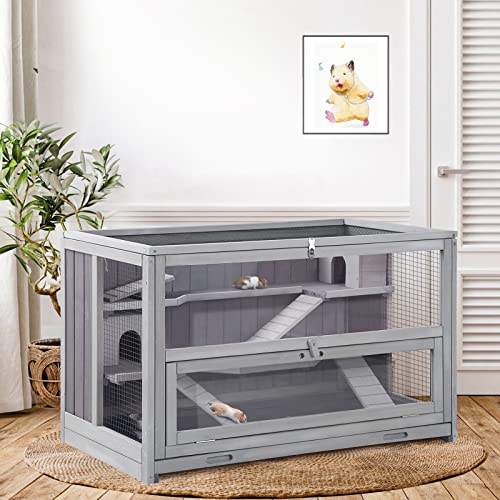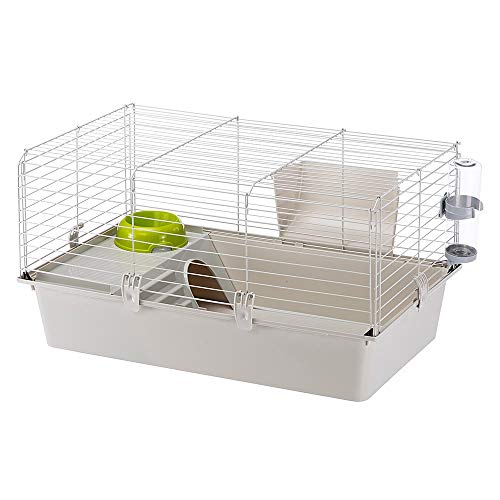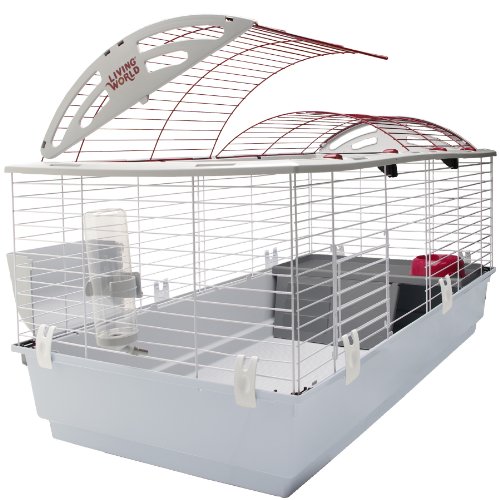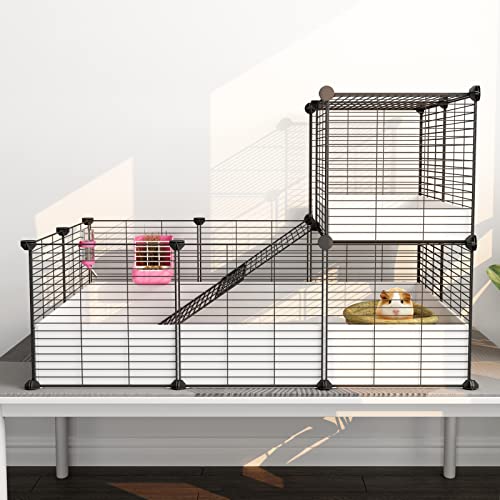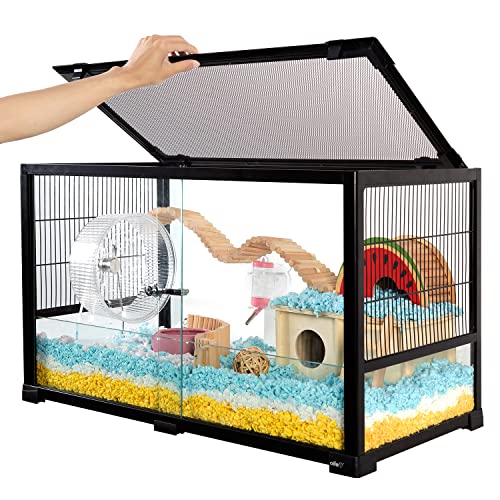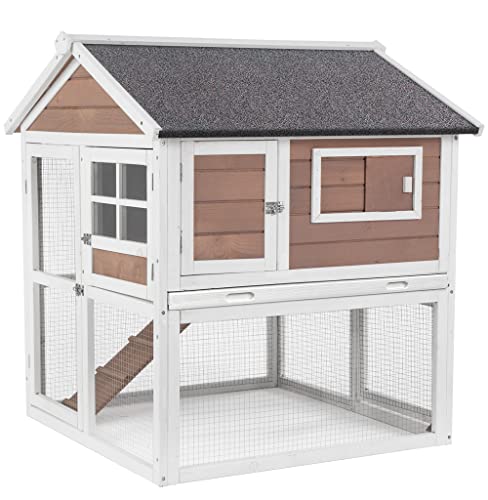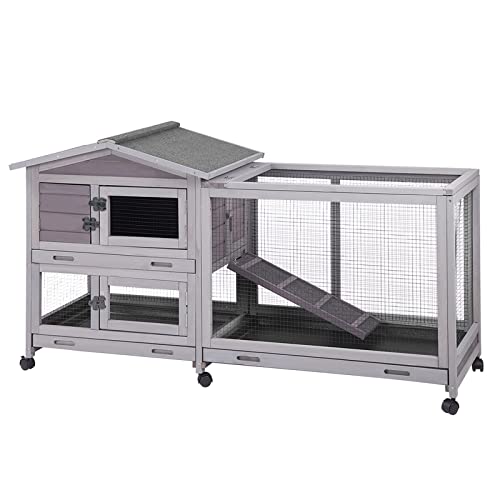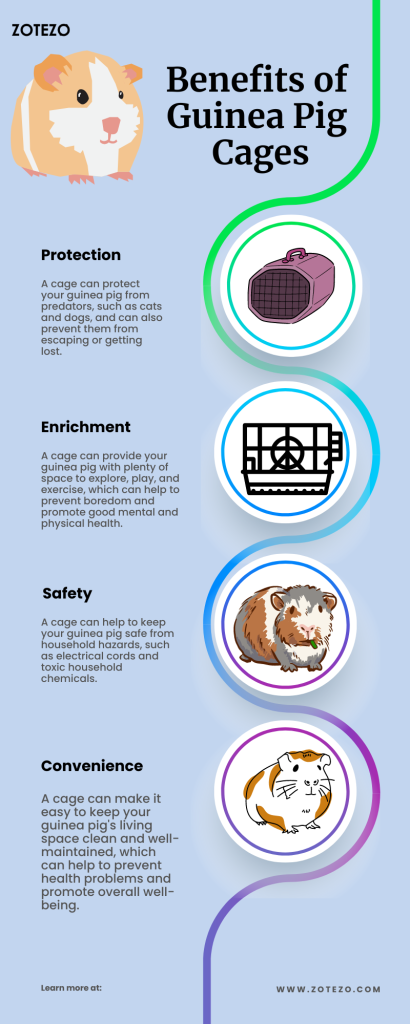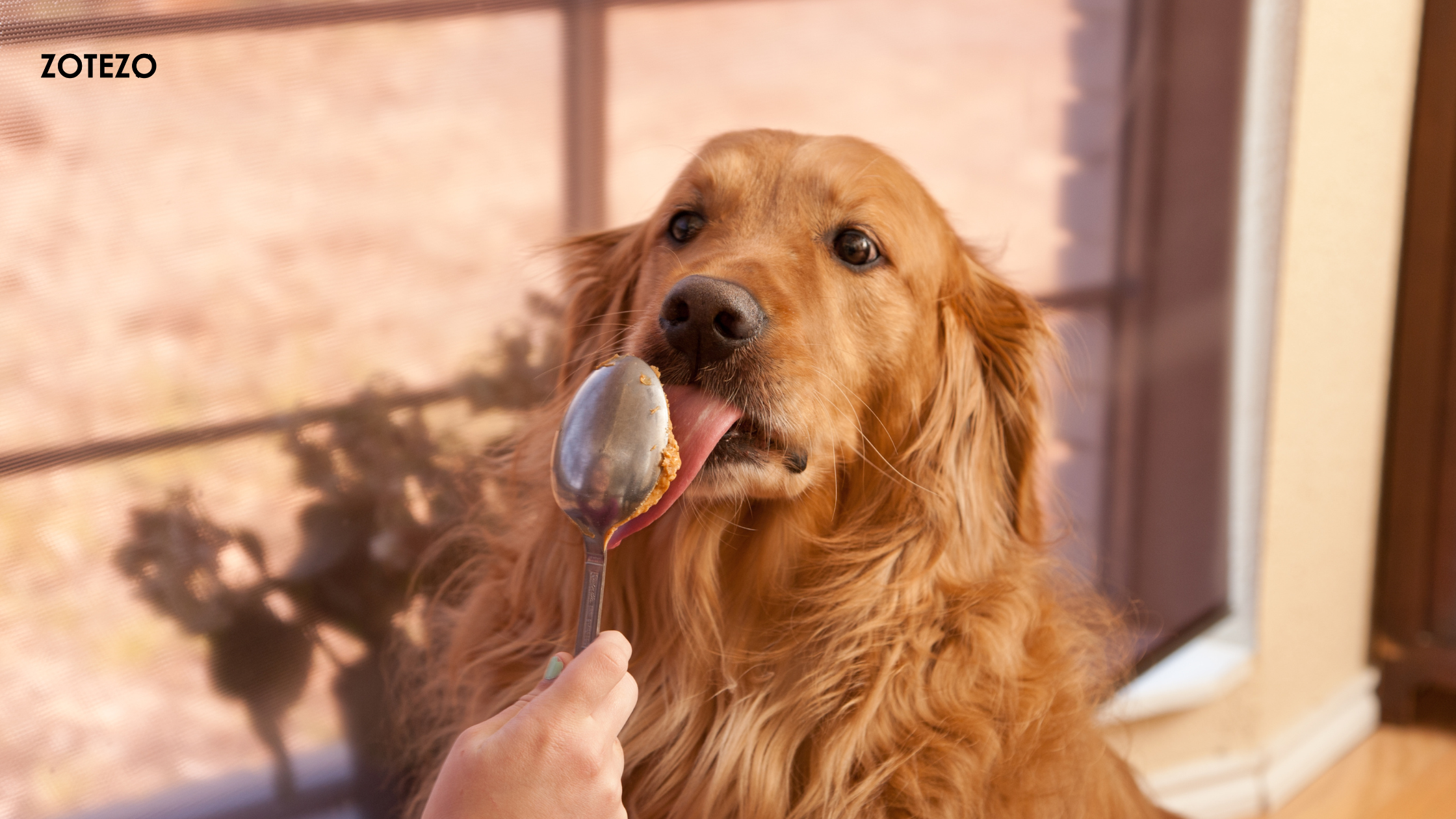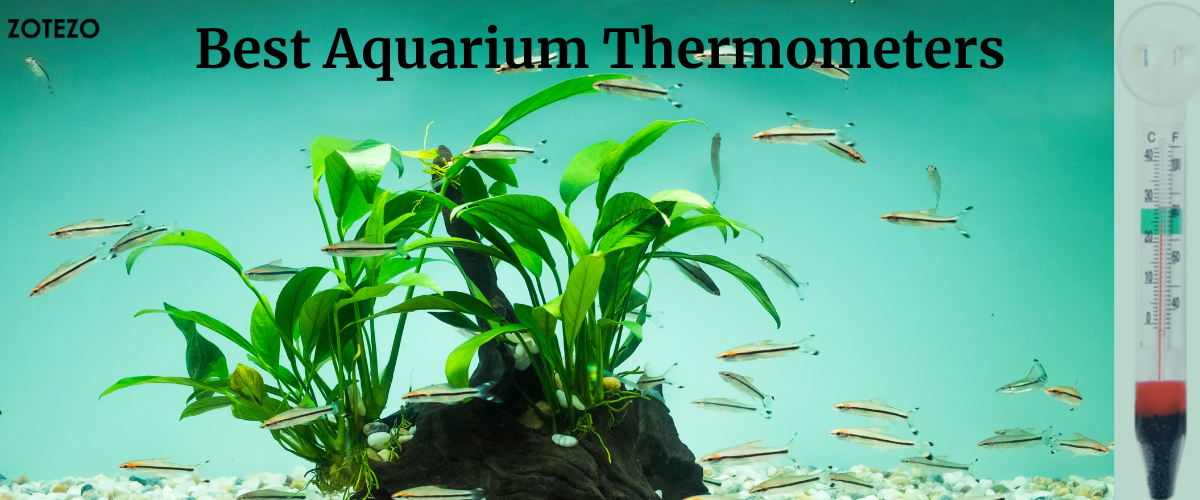Introduction
Are you thinking about getting a guinea pig for your family? If so, you’ve come to the right place! Your new pet must have the perfect home. So, buying the best guinea pig cages is a good option.
But, with so many options flooding the market, it can take time to choose the best one that fulfils your ideal requirements. You may be in confusion wondering about below questions:
1. Which cage is good for my guinea pig?
2. What size should I choose?
3. What to look for while buying a guinea pig cage?
Not all pet cages are created equal; they have different sizes, shapes, and materials, which should be considered when picking the best cage for your furry pal. We’ll break down these factors and discuss essential considerations such as ventilation, temperature, layout, and accessories – all designed to create a safe and secure living space for your guinea pig!
So, keeping all this in mind, we will explore the best guinea pig enclosures and options available out there so that you can make an informed decision on what type of environment to provide for your adorable friend.
Discover more than just guinea pig cages; we’ve got an array of Best aquarium thermometer and Best ferret cages for your cherished pets. Whether your furry friend is a playful ferret or a cuddly guinea pig, we have spacious and cozy options to suit their needs. Treat them to a comfortable and nurturing environment with our carefully crafted cages, ensuring they live their best lives with you.
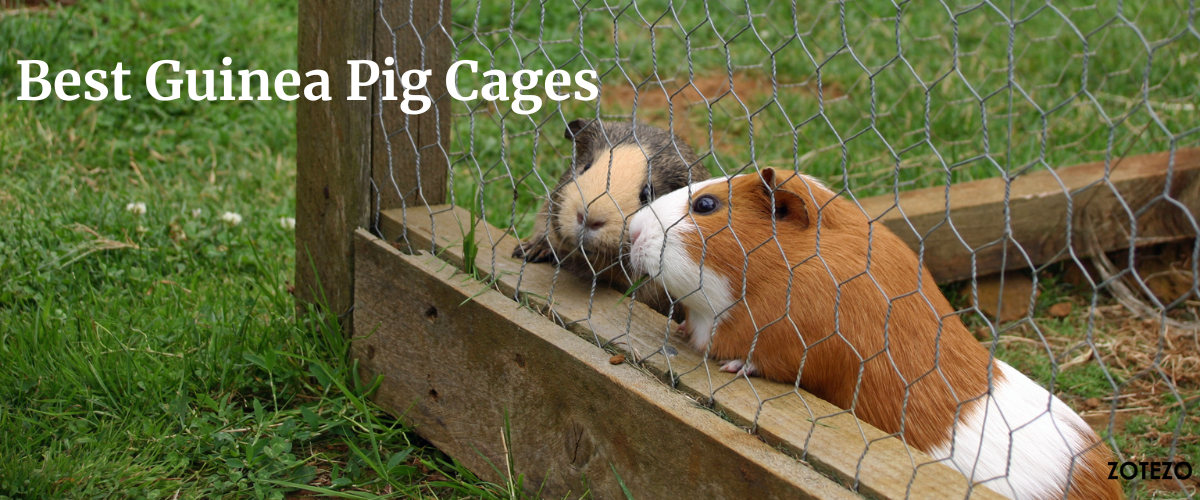
Our pick of the 9 best Cages for Guinea Pig of 2024 in USA
Zotezo Score | Best Guinea Pig Cages | Lowest Price |
|---|---|---|
|
A |
||
|
B+ |
||
|
B |
||
|
C+ |
||
|
C+ |
||
|
C |
||
|
C |
||
|
D |
||
|
D |
Tips for choosing the right Cages for Guinea Pig for you
There are several things to consider when choosing a cage for your guinea pig:
1. Size
Choosing a cage that is large enough for your guinea pig to move around and explore is essential. A general rule of thumb is to choose a cage of at least 7.5 square feet for one guinea pig and at least 10.5 square feet for two guinea pigs.
2. Material
Choose a cage made from a safe, non-toxic material such as metal or plastic. Avoid cages made from wood, as they can harbor bacteria and parasites and are challenging to clean.
3. Ventilation
Guinea pigs need fresh air, so make sure the cage has good ventilation.
4. Ease of cleaning
Look for a cage that is easy to clean, with a removable tray or floor for easy waste removal.
5. Location
Choose a location for the cage away from drafts and direct sunlight.
6. Enrichment
Guinea pigs are social animals and need mental and physical stimulation. Look for a cage that provides plenty of space for toys and activities.
7. Safety
Ensure the cage has no sharp edges or small openings that your guinea pig could get stuck in.
Considering these factors, you can find the best cage for your guinea pig’s needs.
Products listed here are carefully reviewed and tested by our expert authors and reviewers. If you buy through links on this page, we may earn a small commission. Here’s our editorial process.
How we reviewed these products
Advantages of using Cages for Guinea Pig
Guinea pig cages can provide several benefits for your pet. Here are a few:
Protection
A cage can protect your guinea pig from predators, such as cats and dogs, and prevent them from escaping or getting lost.
Enrichment
A cage can provide your guinea pig with plenty of space to explore, play, and exercise, which can help to prevent boredom and promote good mental and physical health.
Safety
A cage can help to keep your guinea pig safe from household hazards, such as electrical cords and toxic household chemicals.
Convenience
A cage can make it easy to keep your guinea pig’s living space clean and well-maintained, which can help to prevent health problems and promote overall well-being.
Socialization
If you have multiple guinea pigs, a cage can provide them with a space to socialize and interact with one another.
Overall, a well-designed and appropriately sized cage can help to provide your guinea pig with a comfortable, safe, and enriching environment.
Disadvantages of Guinea Pig Cages
There are a few potential disadvantages to keeping your guinea pig in a cage:
Size
Guinea pigs need plenty of space to move around and exercise, so choosing a cage that is large enough for your pet is essential. If the cage is too small, your guinea pig may become overweight and unhealthy.
Cost
Some high-quality cages can be expensive, mainly if they are large or have unique features like multiple levels or built-in toys.
Limited access to sunlight
If the cage is kept indoors, your guinea pig may not have access to natural sunlight, which can be important for their overall health and well-being.
Lack of mental stimulation
While a cage can provide your guinea pig with plenty of space to move around, it may not be as stimulating as a larger outdoor enclosure.
Overall, choosing a cage appropriate for your guinea pig’s size and needs is essential, and supplement the cage with regular handling and playtime outside the cage to help keep your pet happy and healthy.
How to Use Guinea Pig Cages
To use a guinea pig cage effectively, there are a few key things to keep in mind:
Size
Choosing a cage that is large enough for your guinea pig is essential. As a general rule, a cage should be at least 7.5 square feet for one guinea pig and at least 10.5 square feet for two guinea pigs.
Substrate
The bottom of the cage should be lined with a substrate, such as aspen shavings, paper-based bedding, or timothy hay, to provide your guinea pig with a comfortable place to rest and to help keep the cage clean.
Bedding
It’s a good idea to provide your guinea pig with a soft bed or blanket to sleep on, which can help to keep them warm and comfortable.
Toys and enrichment
It’s essential to provide your guinea pig with plenty of toys and other forms of enrichment to keep them entertained and mentally stimulated. This can include chew toys, tunnels, and cardboard boxes.
Water and food
It’s essential to provide your guinea pig with fresh water and a varied diet that includes hay, fresh vegetables, and a small number of pellets.
Cleaning
It’s important to clean your guinea pig’s cage regularly to help prevent health problems and to keep the cage smelling fresh. This usually involves removing soiled bedding, spot-cleaning the cage as needed, and doing a deep clean once a week.
Following these guidelines can help create a comfortable and enriching environment for your guinea pig.
Types of Guinea Pig Cages
There are several different types of guinea pig cages available, including:
Traditional cages
These are rectangular or square-shaped cages that are made of metal or plastic. They often have a solid base, wire sides, and top and may have multiple levels or built-in toys.
Tank-style cages
These are rectangular or square-shaped cages that are made of plastic or glass. They are usually relatively small and do not have a wire top, making them easier to clean, but they may not provide as much ventilation as a traditional cage.
Homemade cages
Some people build cages using wood, metal, or plastic. This can be a cost-effective option but requires some planning and DIY skills.
Outdoor enclosures
These are large, fenced-in areas that are designed to be used outdoors. They may include shelters or huts to provide your guinea pig with a place to hide and may also have grass or other substrates for them to play on.
Ultimately, the best type of cage for your guinea pig will depend on your circumstances and your pet’s needs. It’s essential to choose a large enough cage, well-ventilated, and easy to clean and provide your guinea pig with regular handling and playtime outside of the cage to help keep them happy and healthy.
Disdvantages of using Guinea Pig Cages
Using a guinea pig cage generally doesn’t have side effects, but there are considerations to ensure your pet’s well-being. Inadequate cage size can lead to stress, boredom, and even health issues like obesity or joint problems. Additionally, improper bedding or cleaning routines can result in respiratory issues or skin irritation for your guinea pig. Regular maintenance and providing a suitable environment can mitigate these potential concerns.
Who should use Cages for Guinea Pig
Anyone who owns or plans to own a guinea pig should use a guinea pig cage. Guinea pig cages provide a safe and comfortable environment for these small pets to live in. Whether you’re a new or experienced guinea pig owner, having a proper cage is essential to ensure the well-being and happiness of your furry friend.
How to use Guinea Pig Cages
Here’s a step-by-step guide on how to use a guinea pig cage:
- Select the Right Size: Choose a cage that provides ample space for your guinea pig to move around freely. A minimum of 7.5 square feet of space for one guinea pig is recommended, with more space for additional pigs.
- Choose Suitable Bedding: Line the bottom of the cage with appropriate bedding material such as paper-based bedding, fleece liners, or aspen shavings. Avoid cedar or pine shavings as they can be harmful to guinea pigs’ respiratory systems.
- Set Up Food and Water Bowls: Place heavy, ceramic food and water bowls securely in the cage to prevent tipping. Ensure they are easily accessible to your guinea pig but positioned away from areas where they might soil them.
- Provide Hideouts and Enrichment: Add hideouts, tunnels, and toys to the cage to provide enrichment and mental stimulation for your guinea pig. These can include hay racks, chew toys, tunnels, and wooden houses.
- Regular Cleaning: Establish a regular cleaning schedule to maintain hygiene in the cage. Spot clean daily by removing soiled bedding, and perform a thorough cage cleaning at least once a week by replacing all bedding and wiping down surfaces.
- Monitor Temperature and Ventilation: Ensure the cage is kept in a well-ventilated area with a stable temperature between 65-75°F (18-24°C). Avoid placing the cage in direct sunlight or drafty areas.
- Provide Fresh Hay and Vegetables: Supply your guinea pig with fresh hay and a variety of vegetables daily to meet their dietary needs. Remove any uneaten food promptly to prevent spoilage.
- Interaction and Socialization: Spend time interacting with your guinea pig daily to build trust and companionship. Allow supervised playtime outside of the cage in a safe, guinea pig-proofed area.
Understand the who, what & why behind your favourite products
Brand Values | Product Philosophy | Product USPs
Read brand stories, their raison-d'etre, and understand what drives them to caringly create the highest quality products for your well-being.
Brand stories
Frequently asked questions on Cages for Guinea Pig
1. How often should I clean my guinea pig's cage?
2. How big should my guinea pig's cage be?
3. Can I put my guinea pig's cage outside?
4. Can I keep my guinea pig in a tank-style cage?
5. Can I put a guinea pig in a cage with a wire bottom?
Expert reviews you can rely upon
Expert Insights | Product Reviews | Connect with Experts
Gain valuable insights and read unbiased product reviews by subject matter Experts on Zotezo, the ultimate trust commerce platform, that empowers millions globally to make informed decisions for their wellbeing.
Expert Advisory
Conclusion
Guinea pigs are lovely, lovable pets. They’re quiet, they don’t need a lot of space, and they have personality. Plus, if you’re thinking about adopting a guinea pig or two (or three!), congratulations! You’re in for a lot of love and laughter.
Now that you know more about what to look for, it’s time to start shopping for the perfect cage for your Guinea pig. As always, feel free to reach out to us with any questions or comments. We love hearing from our readers! What type of cage are you thinking of getting for your Guinea pig?

